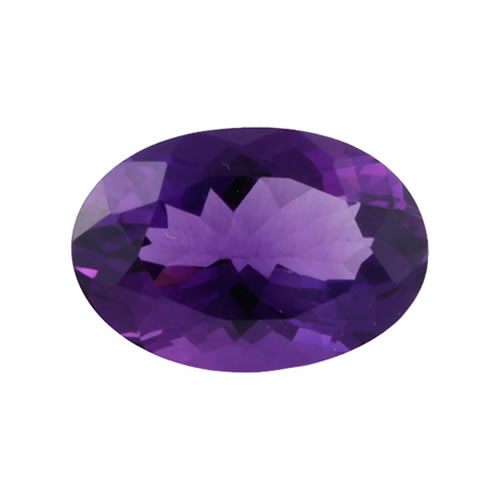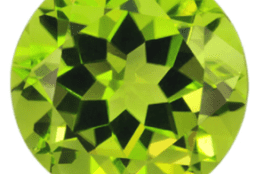
Understanding Amethysts
Amethyst, a variety of quartz, whose color varies from gentle lilac to deep dark purple. Boasting a significant hardness of 7, this February birthstone makes an excellent choice for facetable jewelry. The less clean material is also valuable, being crafted into beads and other ornamental objects.
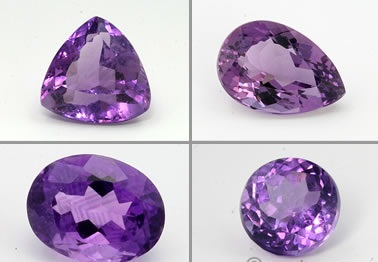
Pricing and Quality of Amethysts
The price of amethysts primarily depends on their color and they are relatively not expensive. The superior stones were historically procured from Siberian mines, renowned for their intense purple hue accentuated by red and blue sparks. Today, “Siberian” no longer denotes the source, but serves as a grade term for colors reminiscent of those mined in Siberia.
Amethyst is commonly found in large sizes, causing its per carat value to rise steadily, not steeply. Given its abundance, there’s no necessity to overpay for pieces with noticeable inclusions or inferior cuts.
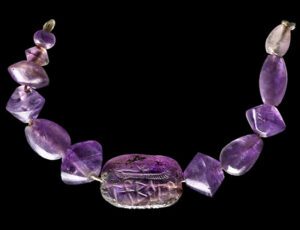
Historical Significance of Amethysts
Amethysts hold a storied place in history. They were cherished by the Ancient Egyptians who carved them into animal shapes, possibly as talismans. The Ancient Greeks also esteemed amethyst, fashioning carvings and jewelry, and perpetuating folklore of its supposed power to ward off intoxication.
Amethyst in Jewelry
Being a type of quartz, amethyst combines hardness with versatility, making it apt for all types of jewelry, including rings. Transparent, eye-clean amethysts are bountiful, inviting gem cutters to execute virtually any design that aligns with their size and color.
Amethysts can often be mistaken for other popular transparent gemstones like sapphires, spinels, and rhodolite garnets due to their similar appearance. However, these gems have distinct differences in optical and physical properties.
The Effects of Treatments on Amethysts
While treatments can alter the color of amethysts, only those exhibiting lilac to deep purple colors retain the amethyst designation. Gems of other colors become different varieties of quartz, such as citrines when amethysts are heated to yield yellow or red-orange hues.
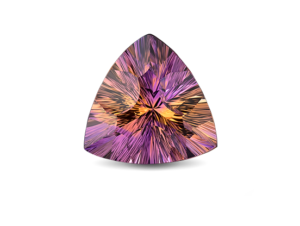
Despite quartz gems being notably durable, amethysts can be sensitive to high heat. Inclusions a prone to grow and render them prone to damage in ultrasonic cleaners that are extremely hot. Therefore, cleaning should be gentle, using a soft brush, mild detergent, and warm water.
Sources of Amethyst
Currently, Brazil, Bolivia, Uruguay, and Zambia are leading sources of amethyst. Brazilian amethysts can be large but often show moderate and uneven color. Many gem lovers lean towards the smaller but more intensely colored Zambian and Uruguayan stones.
